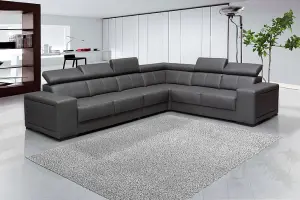Are you looking for a plant that is both beautiful and easy to care for? If so, you may want to consider propagating snake plant.

A snake plant can be propagated by rooting cuttings, so it is a great choice if you are looking to add a new plant to your home or garden. In this post, we will go over the steps necessary to propagate snake plant, and provide tips on how to select the right propagation method for your needs.
We will also share some tips on how to care for the plant once it has been propagated, so you will have a healthy and thriving plant in your home or garden.
1. What is a snake plant?
A snake plant is a type of succulent plant that can grow up to one meter in height. They are often used as houseplants, but can also be grown in outdoor pots. It is a small, leafy plant with long, thin leaves that grow in a circular pattern. The leaves are often variegated, meaning they come in a range of colors, such as green and yellow.
These plants are also known as mother-in-law’s tongue because they are shaped like a tongue and they have a very sharp edge to them. So it is probably better to offer roses to your in-laws. They are most often grown in soil, but they can be grown in water as well. The leaves are very delicate, so it is important to make sure you use the right type of potting soil for them.
2. How to propagate snake plant?

There are a few ways to propagate snake plant. You can take stem cuttings, you can root stem cuttings, or you can propagate from a rooted cutting.
To take stem cuttings, simply cut off a healthy stem at a desired length, being sure to leave at least 1″ of stem attached to the cutting. Make a small hole in the soil and insert the cutting, cover the hole with soil, and water well.
To root stem cuttings, simply place the stem cutting in a pot of water and wait until the cutting roots. Then, transfer the cutting to a pot of soil and continue to water well.
To propagate from a rooted cutting, take a rooted cutting and remove the root ball. Cut the stem, being sure to leave a 1″ piece attached, and insert the stem into soil. water well.
3. How to care for snake plant?
A snake plant is a beautiful houseplant that is widely available and easy to care for. It’s a great plant for beginners because it is easy to take care of and doesn’t need too much attention.
The first step is to make sure you have the right amount of light for your snake plant. You should be able to see one of its leaves from across the room without a problem. Next, water it once every two weeks by soaking the pot in a bowl of water for ten minutes. When watering, make sure you don’t let the pot sit in water for too long because that can cause root rot. If you want your snake plant to grow, make sure you give it some extra love by misting it every other day or feeding it a half-strength fertilizer every month.
As the weather starts to cool down, many people are looking for plants to add to their gardens. We recommend propagating snake plant before the winter months hit.






